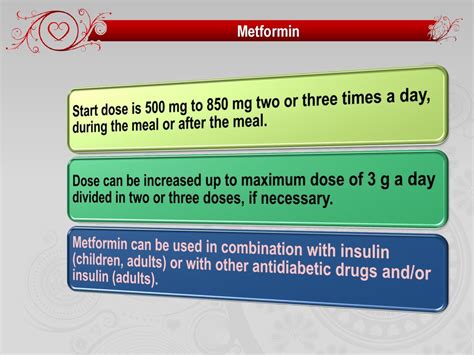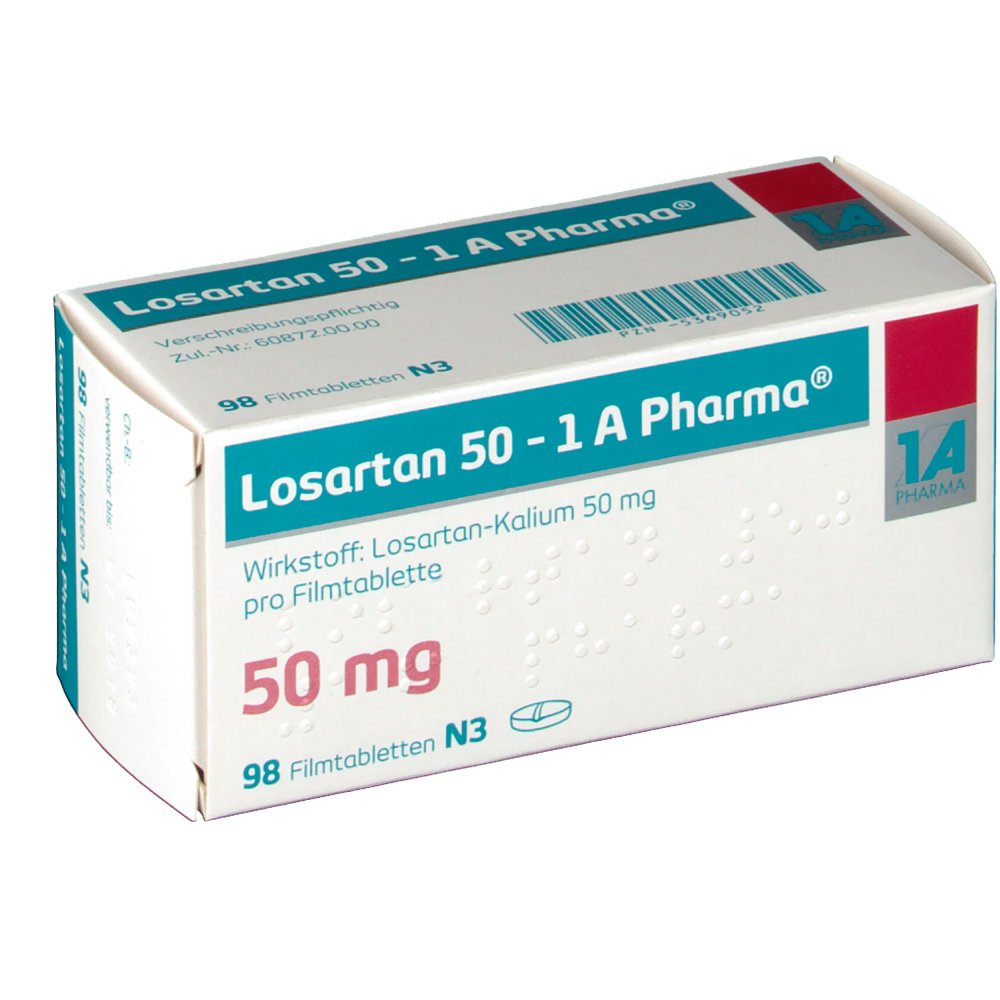When it comes to managing type 2 diabetes, one of the most commonly prescribed medications is metformin. This oral medication has been a cornerstone in the treatment of type 2 diabetes for decades, thanks to its ability to lower blood sugar levels by decreasing glucose production in the liver and increasing insulin sensitivity. However, like any medication, metformin can have side effects, and the key to minimizing these while maximizing its benefits lies in starting with the smallest effective dose.
Understanding Metformin’s Mechanism of Action
Metformin works by activating an enzyme called adenosine monophosphate-activated protein kinase (AMPK), which plays a significant role in regulating glucose and lipid metabolism. By activating AMPK, metformin decreases glucose production in the liver, increases insulin sensitivity, and enhances glucose uptake by muscles. This multifaceted approach to glucose regulation makes metformin an effective medication for managing type 2 diabetes.
The Importance of Dosing
The dosage of metformin is crucial for its effectiveness and tolerability. Starting with too high a dose can lead to gastrointestinal side effects such as diarrhea, nausea, and vomiting, which are common complaints among patients initiating metformin therapy. These side effects can be so bothersome that they lead to non-adherence, undermining the potential benefits of the medication.
Initiating Therapy with the Smallest Effective Dose
Clinical guidelines recommend starting metformin at a low dose and gradually increasing it as needed and as tolerated. Typically, metformin is initiated at a dose of 500 mg once daily, taken with the evening meal to minimize gastrointestinal side effects. This dose can be gradually increased every 1-2 weeks to achieve the desired therapeutic effect, which is usually up to 2000 mg per day, divided into 2-3 doses.
Benefits of Gradual Dose Escalation
Gradually increasing the dose of metformin offers several benefits. Firstly, it allows the patient’s body to adjust to the medication, reducing the likelihood of severe gastrointestinal side effects. Secondly, it enables healthcare providers to monitor the patient’s response to the medication and adjust the dose accordingly, ensuring that the patient receives the smallest effective dose necessary to achieve glycemic control. This approach not only enhances tolerability but also helps in maintaining long-term adherence to the medication.
Real-World Applications and Case Studies
The strategy of starting with the smallest effective dose is not just theoretical but is supported by real-world evidence. For instance, a study published in the Journal of Clinical Endocrinology and Metabolism demonstrated that gradual dose escalation of metformin improved tolerability without compromising efficacy. Similarly, case studies have shown that patients who started with a low dose of metformin and gradually increased it as needed experienced better glycemic control and fewer side effects compared to those who were started on a higher dose.
Clinical Considerations and Patient Education
When initiating metformin therapy, it is essential to consider the patient’s renal function, as metformin is contraindicated in patients with severe renal impairment due to the risk of lactic acidosis. Additionally, patient education plays a critical role in the successful management of type 2 diabetes with metformin. Patients should be informed about the potential side effects, the importance of gradual dose escalation, and the need for regular monitoring of renal function and glycemic control.
Future Perspectives and Emerging Trends
As the management of type 2 diabetes continues to evolve, the role of metformin remains pivotal. Ongoing research is exploring new formulations of metformin, such as extended-release preparations, which may offer improved tolerability and convenience. Furthermore, the potential benefits of metformin in conditions beyond diabetes, such as polycystic ovary syndrome (PCOS) and obesity, are being investigated, highlighting the medication’s versatility and therapeutic potential.
Conclusion
In conclusion, starting metformin therapy with the smallest effective dose is a strategy that balances efficacy with tolerability. By gradually increasing the dose as needed and as tolerated, healthcare providers can minimize the risk of gastrointestinal side effects, enhance patient adherence, and achieve optimal glycemic control. As metformin continues to be a cornerstone in the management of type 2 diabetes, understanding its dosing strategy is crucial for maximizing its benefits and improving patient outcomes.
What is the typical starting dose of metformin for type 2 diabetes?
+The typical starting dose of metformin for type 2 diabetes is 500 mg once daily, taken with the evening meal to minimize gastrointestinal side effects.
How often can the dose of metformin be increased?
+The dose of metformin can be increased every 1-2 weeks as needed and as tolerated, up to a maximum of 2000 mg per day, divided into 2-3 doses.
What are the common side effects of metformin?
+
Why is it important to monitor renal function in patients taking metformin?
+Monitoring renal function is crucial in patients taking metformin because the medication is contraindicated in severe renal impairment due to the risk of lactic acidosis.
Can metformin be used in conditions other than type 2 diabetes?
+Yes, metformin is being investigated for its potential benefits in conditions such as polycystic ovary syndrome (PCOS) and obesity, highlighting its therapeutic versatility.


